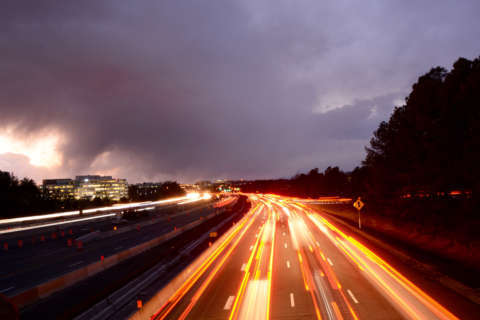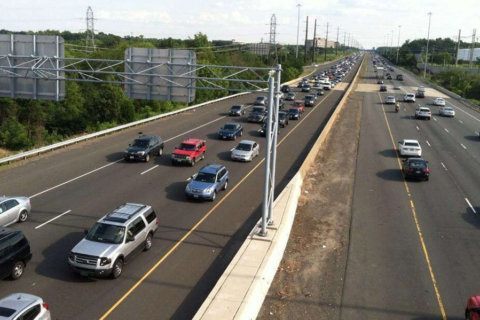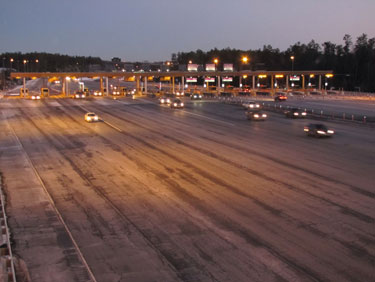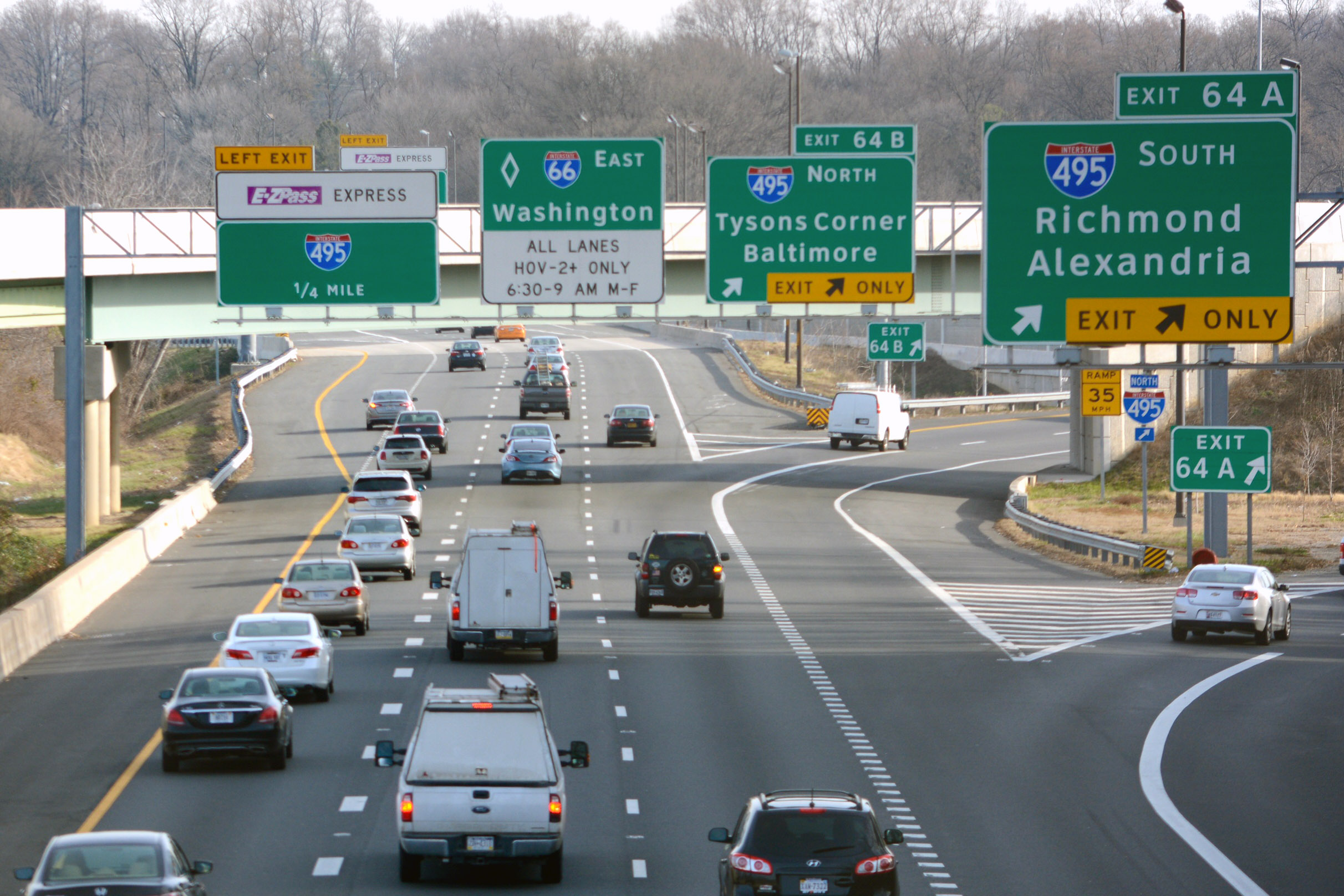A growing number of alternatives to paying tolls on the Dulles Greenway and Dulles Toll Road, combined with toll increases earlier this year, appear to be pushing more drivers to take other routes.
Fitch Ratings downgraded Dulles Greenway bonds one notch last month, with a negative outlook, due to lower than expected use and toll collections the last two years as Virginia’s Loudoun County has started to build or improve alternative routes, commuting patterns have changed, and future toll increases become less certain.
Greenway tolls today are $5.80 at rush hour and $4.75 in off-peak hours. The Dulles Toll Road now charges $3.25 at the main plaza and $1.50 at ramps including the entrance and exit to the Greenway.
Along the Dulles Toll Road, Virginia is widening Route 7 in Fairfax County between the Toll Road and Georgetown Pike over the next five years, which could push more drivers onto the Toll Road during construction, but is expected to draw more drivers off it long-term.
Fairfax County is also considering changes at the intersection of Spring Hill Road and Lewinsville Road and changes for Route 123/Dolley Madison Boulevard between the Dulles Toll Road and Old Dominion Drive.
Use of the Toll Road has already declined this year by more than 5% — mostly in line with expectations — following a toll increase in January from $3.50 for a trip involving a ramp toll and the mainline plaza to $4.75.
Toll revenue is up significantly, reaching a total of $97.3 million so far this year, but that’s about 1% lower than the authority had forecast.
In the first six months with the higher tolls, the Metropolitan Washington Airports Authority recorded 45.4 million transactions, down 5.2% from the same period last year. The decline is in line with forecasts, after it appeared earlier in the year that more drivers than expected had stuck with the toll road.
About 91.7% of toll payers are using E-ZPass, an increase from prior years that could suggest more people who paid cash have switched to other routes than those who might have to focus less on the cost of each trip.
The ongoing decline in traffic on the Toll Road, even if expected, has sparked complaints from some drivers that people are simply detouring onto other roads like Route 123 to cut through and avoid the toll.
“That is one factor in many. A key one happens to be backups on 495,” Airports Authority financial adviser Jim Taylor said.
While the authority is studying potential changes to ramp toll rates at Spring Hill Rd. or Route 7 over the next year or so, it is unclear how much of an impact those changes could have.
“There’s no clear solution to congestion and often you end up moving it to another location or creating unintended consequences,” Taylor said.
Kate Hanley, a former Fairfax County Board of Supervisors Chairman now on the Airports Authority Board, cited not just Dulles Toll Road changes, but also tolls elsewhere as contributing to traffic.
“A lot of what’s going Dulles 123, it’s our bypass, from where I live, of 66 now that it’s [tolled], that’s how I come here to avoid the $17 toll on 66,” Hanley said.
She called state reports downplaying the collateral impacts of Interstate 66 rush-hour tolls for solo drivers inside the Beltway “nonsense.”
WTOP has made multiple requests to the Virginia Department of Transportation over the last several months for the latest data on I-66 tolls and tolling impacts.








